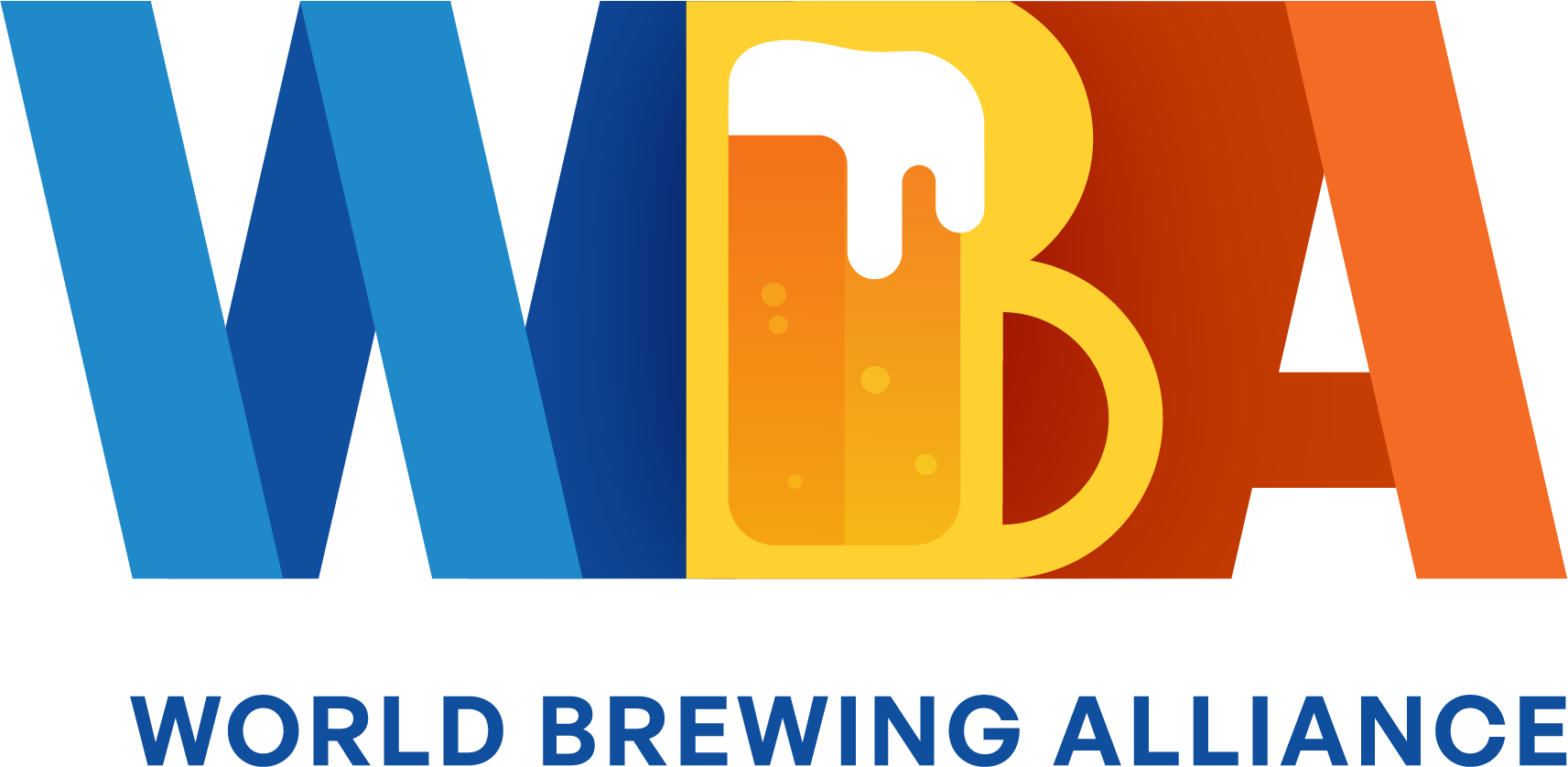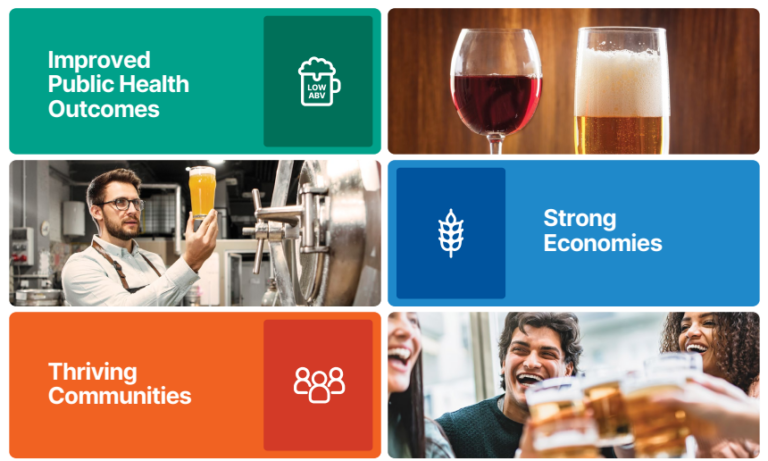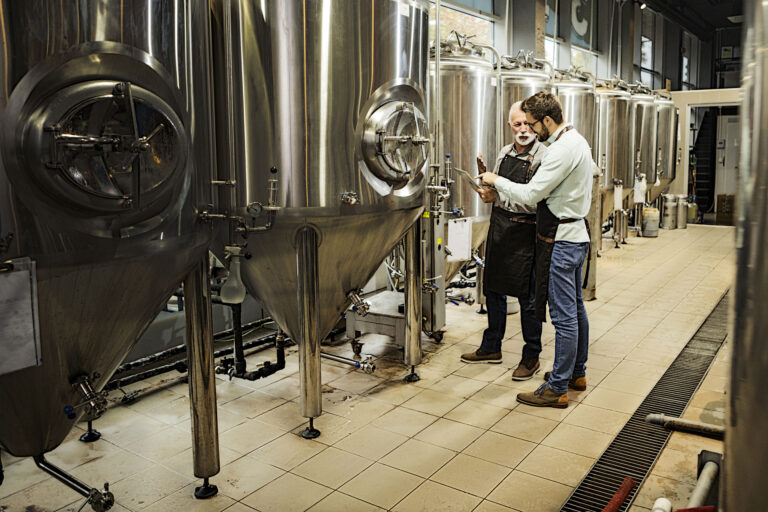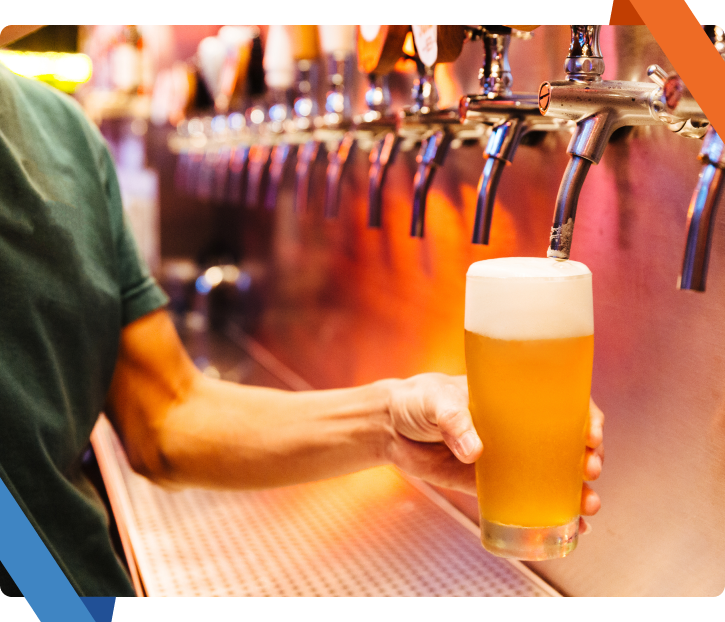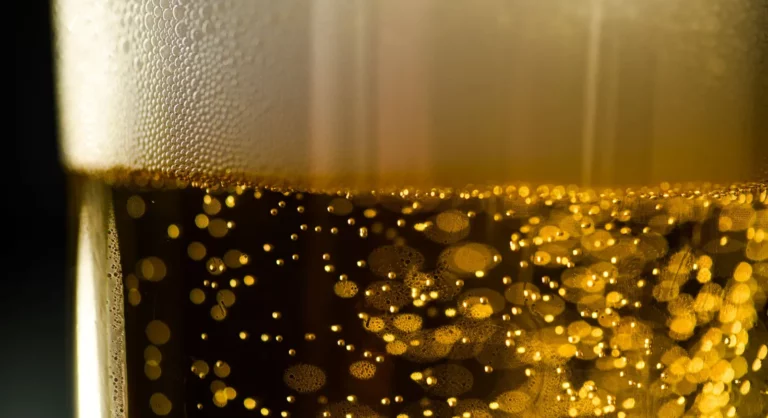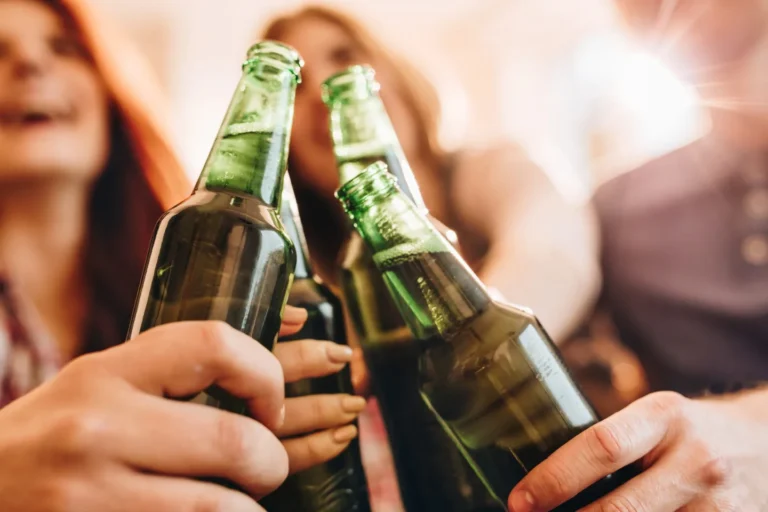By Márcio Maciel and Justin Kissinger
Cross-posted from Estado de S.Paulo, Translated from Portuguese to English
Around the world, policymakers are hard at work to reduce the harmful use of alcohol – a vital goal that the beer industry also shares. One tool that governments have in their toolbox to achieve this goal is their excise tax regime. But how they leverage these taxes can make or break harm reduction strategies.
Experts agree: Promoting lower-strength products can reduce the harmful use of alcohol
When policy levers like excise tax rates and controls on availability and marketing are adjusted according to beverage type and strength, they can promote the production and consumption of lower-strength beverages, which can help reduce alcohol-related harm at the population level.
This result comes from a phenomenon called the substitution effect, where consumers who choose to drink alcohol substitute higher-strength products with lower-strength options. That could be switching from liquor to beer or from a regular strength beer to one that is lower- or no-alcohol. When this substitution effect happens at the population level, the overall consumption of ethanol decreases and multiple public health indicators improve.
This isn’t just a theory, but a phenomenon observed in the real world. In 2019, the World Health Organization reported on a successful shift to lower-alcohol consumption and its related public health improvement in Russia. WHO noted that population shifts in consumption “to lighter alcoholic beverages” in Eastern European and Nordic countries “led to favorable outcomes in alcohol-attributable harm.”
The power of the substitution effect can be seen in shifting from liquor to beer, but also from regular strength beer to lower- and no-alcohol beer. Recent research in the United Kingdom and Spain suggest that the availability of lower- and no-alcohol beers led consumers to replace some consumption of regular beer with lower-strength alternatives, resulting in less alcohol consumed overall.
While excise taxes can be levied based on value of the product, volume of liquid, or alcohol strength, taxation based on the beverage type and alcohol strength is the best way to promote the substitution effect. This evidence-based tax structure discourages the production and consumption of high strength beverages and encourages the production and consumption of low strength options.
The World Health Organization agrees. In a report on pricing in the European region, WHO explained, “The most effective approach to taxation with a view to improving public health and reducing this harm is to tax the volume of alcohol through a specific system of taxation. Such a system may be most effective at improving health if it has higher rates of taxation for stronger products for two reasons: first, drinkers can consume a greater volume of alcohol more quickly through stronger products…and second, production and distribution costs may be lower, at least in some cases, for stronger products, meaning that the same volume of alcohol can be sold more cheaply in higher ABV products even at the same rate of specific duty.”
Excise Taxes in practice: Global best practice
It’s common practice in most mature alcohol markets to tax according to beverage type and strength. More than 40 countries use this model, including Mexico, Germany, and the United States. Most OECD Members apply a lower excise rate to beer than to hard liquor, and many have progressively reduced rates for lower- and no-alcohol beer.
Last year, the UK reformed its alcohol tax structure to make it simpler and more economically rational. Under the new system, all categories are taxed based on alcohol strength, with higher strength products paying more tax per unit of alcohol than lower strength products.
Then Chancellor Rishi Sunak summarized the reforms by saying, “Our new system will be designed around a common-sense principle: the stronger the drink, the higher the rate…That is the right thing to do, and it will help to end the era of cheap, high-strength drinks which can harm public health and enable problem drinking.”
In 2022, Ghana adjusted their excise taxes to align with global best practices as well. The Ghanaian Minister of Finance, Ken Ofori-Atta, said, “Spirits have a higher alcohol content compared to beer. However, the excise duty on spirits is lower than that of beer. To address this, the excise duty on spirits is being raised above that of beer in accordance with good practice on the imposition of excise duties.”
Brazil is currently working on reforms to its own alcohol tax structure. Brazilian decision makers should follow global best practices for evidence-based policy making and differentiate based on beverage type and strength.
The role of business: Lower- and No-Alcohol Products
While beer typically has the lowest alcohol by volume in the category, brewers have been hard at work bringing the substitution effect to life by also crafting even lower- and no-alcohol brews. Brewers are making major investments in new equipment, processes, and marketing to develop and promote these products.
Excise tax regimes can support this nascent category because when lower tax rates are applied to lower alcohol beverages, it incentivizes producers to continue developing these products and nudges consumers to try these options.
For example, when the EU increased the threshold for lower strength beer that can benefit from reduced rates, they noted that the change “provides incentives for consumer(s) to choose low-strength alcoholic drinks over stronger ones, thereby reducing alcohol intake. It also encourages brewers to be innovative and create new products of lower alcoholic strength.”
Unique opportunity to reduce the harmful use of alcohol
The world is in a unique position where public health policy, consumer demand, and the beer industry’s business goals are all intersecting to drive the uptake of lower- and no-alcohol products and meet global public health goals.
Decision makers – in Brazil and beyond – should seize this opportunity to nudge consumers towards lower alcohol choices through smart, evidence-based policies.
